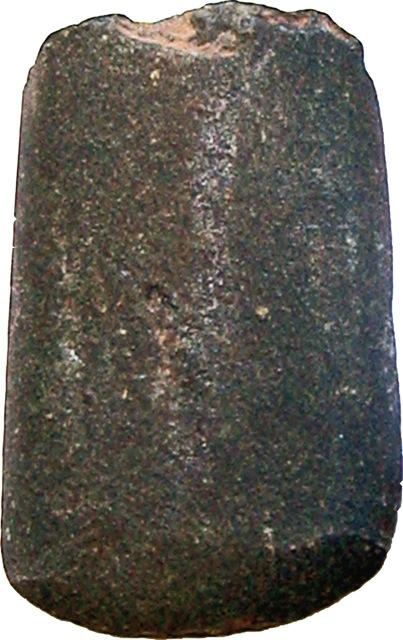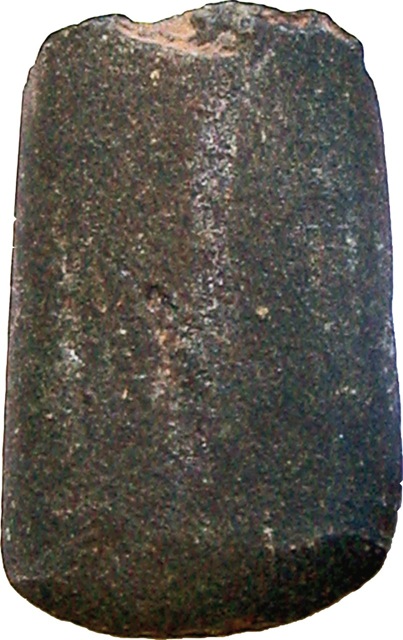European archaeologists have unearthed evidence that early Neolithic farmers had differential access to fertile land over 7,000 years ago.
The researchers looked at over 300 skeletons collected from digs spanning central Europe. They used strontium isotope analysis to determine where each person had originated and discovered variability based on tools and land access.
Those men who had been buried with adzes—stone tools similar to an axe for shaping wood—had less variable isotope signatures than those with no adzes.
“The men buried with adzes appear to have lived on food grown in areas of loess, the fertile and productive soil favored by early farmers,” explained team leader Alex Bentley at the UK’s University of Bristol in a press release.
“This indicates they had consistent access to preferred farming areas.”
The team also found that women were more likely to have come from different areas from where they were buried, indicating patrilocality—a social system in which women move to the location of their husbands.
Existing evidence for patrilocality in Stone Age Europe includes genetic and linguistic findings. Mobility patterns based on gender and status can help scientists to genetically model the expansion of human populations during this era.
“Our results, along with archaeobotanical studies that indicate the earliest farmers of Neolithic Germany had a system of land tenure, suggest that the origins of differential access to land can be traced back to an early part of the Neolithic era, rather than only to later prehistory when inequality and intergenerational wealth transfers are more clearly evidenced in burials and material culture,” Bentley said.
“It seems the Neolithic era introduced heritable property (land and livestock) into Europe and that wealth inequality got underway when this happened.”
“After that, of course, there was no looking back: through the Bronze Age, Iron Age and Industrial era wealth inequality increased but the ’seeds’ of inequality were sown way back in the Neolithic.”
The findings were published in Proceedings of the National Academy of Sciences on May 28.
The Epoch Times publishes in 35 countries and in 19 languages. Subscribe to our e-newsletter.




